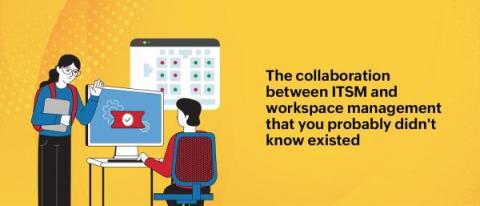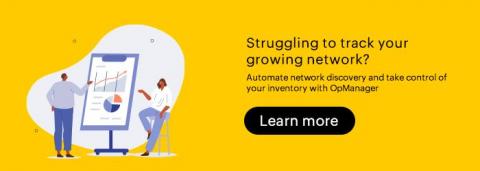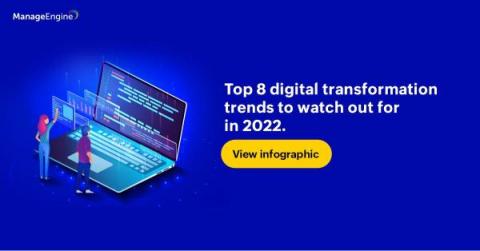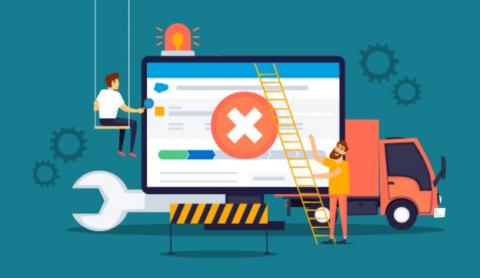A practical approach to Active Directory Domain Services, Part 2: Active Directory and the Domain Name System
For readers who have returned to this blog after understanding the basics of Active Directory (AD) in part 1 of this series, welcome back! For all new readers: Hello! Get ready to jump into the world of AD. It would be good to take a quick peek at what was covered in part 1 before you continue. Be sure to read through part 1 as it will be your guide to: Part 2 of this series aims to introduce the interrelation of AD with the Domain Name System (DNS).











